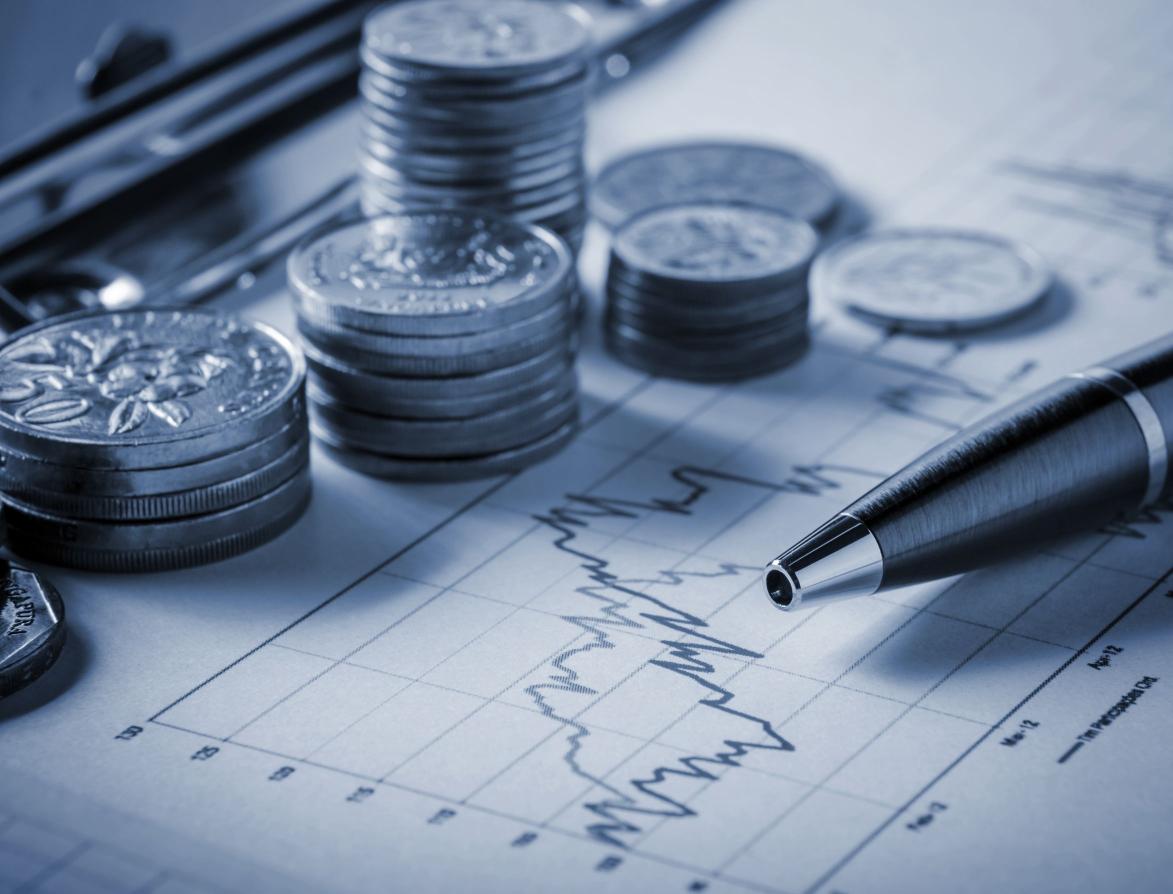Fixed-income securities, which play a key role in capital markets worldwide, are an essential means for financing businesses. In Iran’s capital market, Islamic securities known as sukuk, with unrivalled profitability, have been playing the same role over the past two years.
Iran’s equity market faced broad selloffs in 2013, due mainly to domestic ambiguities caused by economic sanctions imposed on the country’s nuclear energy program, recession and high inflation. The commodity market was hit even harder because of global economic slowdown including the limping US economy, the eurozone’s recession and China’s economic woes.
However, the situation improved in 2014, marking a turning point in Iran’s economic prospect. The first step was the anti-stagflation policy adopted by the Central Bank of Iran through setting the risk-free interest rates at 22% by mid-2014 and not restraining undisciplined banks offering deposit rates of up to 28%.
Statistics show that 99% of the liquidity were absorbed by banks in 2014, above the common ratio which is about 90%. The result was the curbed inflation of 17.2% by the end of 2014 from 35% in 2013 as published on the World Bank website.
The foreign policy of President Hassan Rouhani’s administration also paid off and an accord was signed in July 2015 with the P5+1 group (the US, France, Russia, China, the UK and Germany) that promises to lift the western sanctions against Iran in exchange for limitations on the country’s nuclear program.
As all these systematic risks are being eliminated and the economic outlook is showing positive signs, the CBI cut the rates by 2% five months ago. It also plans to further reduce the risk-free rates offered by banks, which is still noticeably high, as the inflation rate is shrinking and the economy is recovering.
Apart from the banking sector, a variety of Islamic securities are issued in the capital market at a nominal rate of 21% by issuers and guaranteed rates of up to 24% by market makers. Moreover, as Islamic securities are based on the principle of participation in profit and loss, the return can be even higher if the issuer’s business goes well. The latest example of these high-yielding Islamic securities is fuel oil standard parallel salaf issued on Iran Energy Exchange at floating rates of 23 to 25%.
Comparing the government bonds and the corresponding inflation rate with those of other countries demonstrates that Iran is the best choice for risk-free investment. Meanwhile, we need to bear in mind that the investment environment is expected to improve in the coming years as authorities are pursuing a policy of achieving single-digit inflation.
Another argument is the risks associated with fluctuations in foreign exchange rate, which stems from the sharp decline in the rial value from 2010 to 2013. Nevertheless, dollar to rial exchange rate has been slightly fluctuating between 30,000 and 35,000 from 2013 onwards, with an average rate of 32,340 and volatility of 1,995 as demonstrated in the graph. Recent political developments and authorities’ economic standpoint clearly indicate that for the next few years there won’t be any significant fluctuation in rial’s value either.
Therefore, considering the already bubbled and unstable markets all around the world and the lucrative opportunities provided for investment in Iran, it would be fair to conclude that Islamic securities in Iran are the safe haven for investors.



